SOVIET SCIENTIFIC TECHNOLOGY
by Flinders University

More information: Legesse Garedew Kifelew et al, Efficacy of phage cocktail AB-SA01 therapy in diabetic mouse wound infections caused by multidrug-resistant Staphylococcus aureus, BMC Microbiology (2020). DOI: 10.1186/s12866-020-01891-8
Journal information: BMC Microbiology
Provided by Flinders University

Credit: CC0 Public Domain
Australian researchers have shown how viruses can be used to save lives, developing the potential use of bacteriophages in bandages to treat life-threatening golden staph infections which may not respond to traditional antibiotics.
Targeting multidrug-resistant Staphylococcus aureus ('golden staph') in diabetic foot ulcers, Flinders University microbiology researchers have joined infectious diseases and pharmaceutical partners to show the usefulness of a possible 'phage cocktail' therapy on wound infections.
A phage (or bacteriophage) is a virus capable of infecting a bacterial cell and is capable of being used in a range of medical applications including as a therapy against 'superbugs'.
Bacteriophages (phages, viruses that infect bacteria) represent an alternative or adjunct therapy to antibiotics, with S aureus a common and particularly virulent pathogen often found to be resistant and limited for antimicrobial treatment options.
"Diabetic foot ulcers are very dangerous and when infected can lead to amputation and even death," says Flinders University Associate Professor Peter Speck, who is Secretary of the Australasian Virology Society.
"The next step in our research is to bind phages to a dressing to make a truly antibacterial dressing, with specific activity against golden staph. The technology exists to make such a dressing, with a big advantage being that bound phages remain viable for a year even when stored at room temperature, making this approach ideal for use in hospitals and clinics—even in rural and remote settings."
Co-author on a new paper in BMC Microbiology, Flinders Ph.D. Legesse Garedew Kifelew says the results of the sound treatment in mice were very promising.
"This study demonstrates that phage therapy could be a potential alternative in combating antibiotic-resisant bacterial infections," says Mr Kifelew, who works in infectious disease management at the Queen Elizabeth Hospital and has ties to St Paul's Hospital Millennium Medical College, Addis Ababa, Ethiopia.
"The phages effectively decreased the bacterial load and significantly improved wound healing in in multi-drug resistant S aureus infection—similar or superior to the currently prescribed antibiotic treatment," he says.
With diabetes on the rise, the global burden of diabetic foot ulcers (DFUs) is also affecting up to 26.1 million people each year, with these ulcers the cause of almost 90% of limb amputations. The five-year mortality rate following foot amputation due to DFUs has been estimated at up to 74%.
Based on 2015 prevalence data from the International Diabetes Federation, it is estimated that foot ulcers develop in 9.1 million to 26.1 million people with diabetes annually worldwide.
In the US, the annual cost of managing DFU infections is estimated at an additional US$9-13 billion over the cost of diabetes itself. In England, it is estimated that the annual cost of managing DFUs exceeds the total cost of breast, prostate and lung cancers combined.
Explore further Virus therapy to attack superbugs
Australian researchers have shown how viruses can be used to save lives, developing the potential use of bacteriophages in bandages to treat life-threatening golden staph infections which may not respond to traditional antibiotics.
Targeting multidrug-resistant Staphylococcus aureus ('golden staph') in diabetic foot ulcers, Flinders University microbiology researchers have joined infectious diseases and pharmaceutical partners to show the usefulness of a possible 'phage cocktail' therapy on wound infections.
A phage (or bacteriophage) is a virus capable of infecting a bacterial cell and is capable of being used in a range of medical applications including as a therapy against 'superbugs'.
Bacteriophages (phages, viruses that infect bacteria) represent an alternative or adjunct therapy to antibiotics, with S aureus a common and particularly virulent pathogen often found to be resistant and limited for antimicrobial treatment options.
"Diabetic foot ulcers are very dangerous and when infected can lead to amputation and even death," says Flinders University Associate Professor Peter Speck, who is Secretary of the Australasian Virology Society.
"The next step in our research is to bind phages to a dressing to make a truly antibacterial dressing, with specific activity against golden staph. The technology exists to make such a dressing, with a big advantage being that bound phages remain viable for a year even when stored at room temperature, making this approach ideal for use in hospitals and clinics—even in rural and remote settings."
Co-author on a new paper in BMC Microbiology, Flinders Ph.D. Legesse Garedew Kifelew says the results of the sound treatment in mice were very promising.
"This study demonstrates that phage therapy could be a potential alternative in combating antibiotic-resisant bacterial infections," says Mr Kifelew, who works in infectious disease management at the Queen Elizabeth Hospital and has ties to St Paul's Hospital Millennium Medical College, Addis Ababa, Ethiopia.
"The phages effectively decreased the bacterial load and significantly improved wound healing in in multi-drug resistant S aureus infection—similar or superior to the currently prescribed antibiotic treatment," he says.
With diabetes on the rise, the global burden of diabetic foot ulcers (DFUs) is also affecting up to 26.1 million people each year, with these ulcers the cause of almost 90% of limb amputations. The five-year mortality rate following foot amputation due to DFUs has been estimated at up to 74%.
Based on 2015 prevalence data from the International Diabetes Federation, it is estimated that foot ulcers develop in 9.1 million to 26.1 million people with diabetes annually worldwide.
In the US, the annual cost of managing DFU infections is estimated at an additional US$9-13 billion over the cost of diabetes itself. In England, it is estimated that the annual cost of managing DFUs exceeds the total cost of breast, prostate and lung cancers combined.
Explore further Virus therapy to attack superbugs
More information: Legesse Garedew Kifelew et al, Efficacy of phage cocktail AB-SA01 therapy in diabetic mouse wound infections caused by multidrug-resistant Staphylococcus aureus, BMC Microbiology (2020). DOI: 10.1186/s12866-020-01891-8
Journal information: BMC Microbiology
Provided by Flinders University
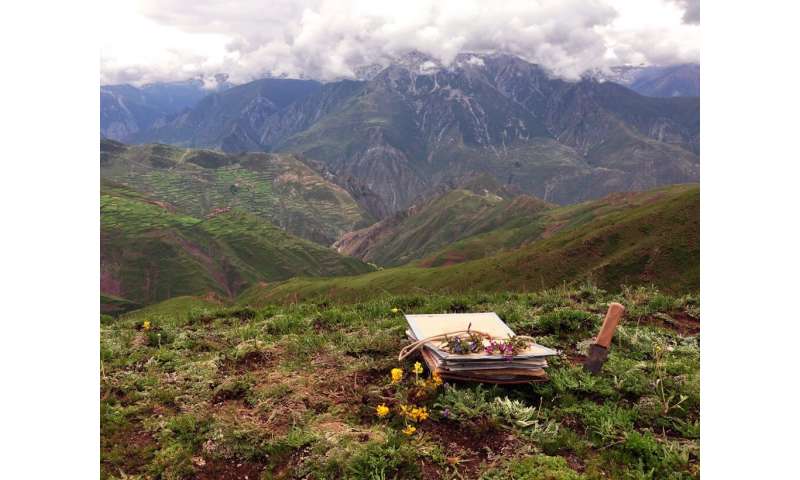
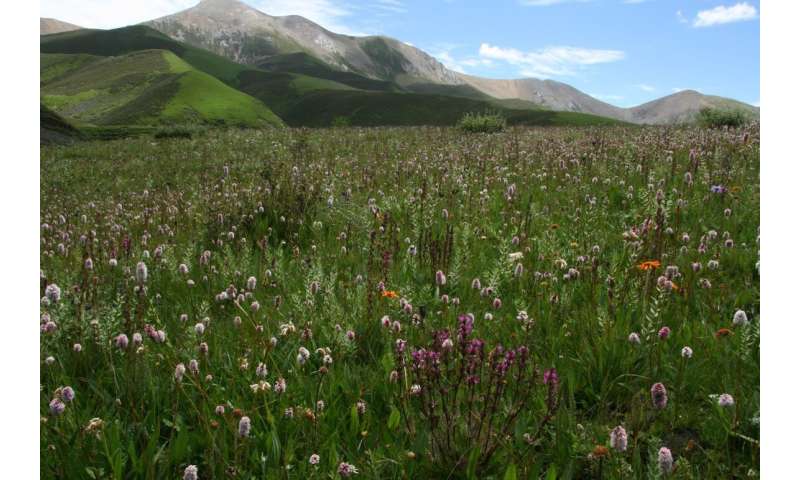
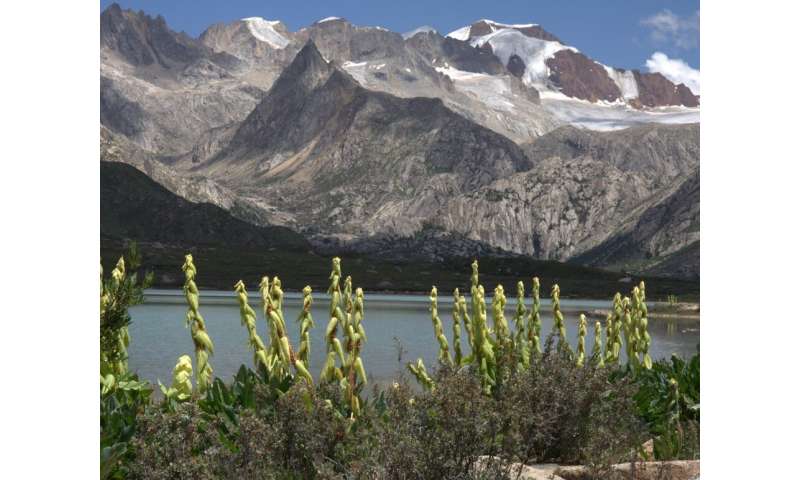



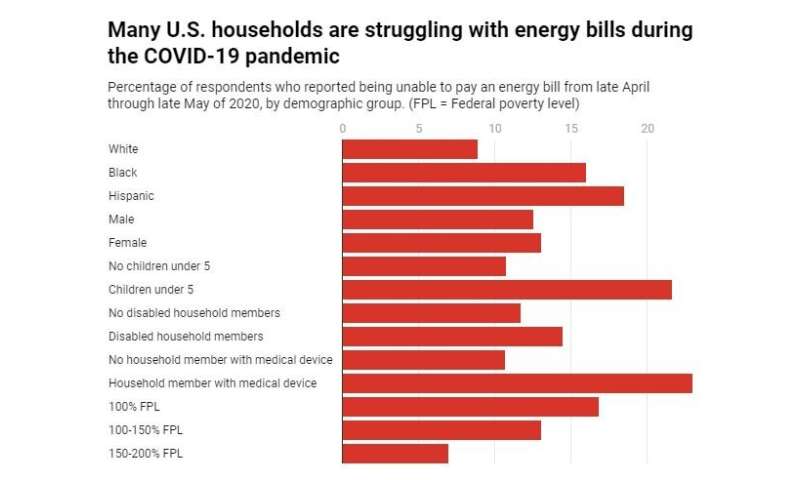
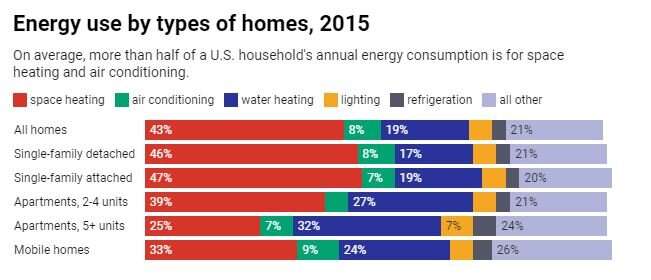 Credit: Chart: The Conversation, CC-BY-ND Source: EIA
Credit: Chart: The Conversation, CC-BY-ND Source: EIA


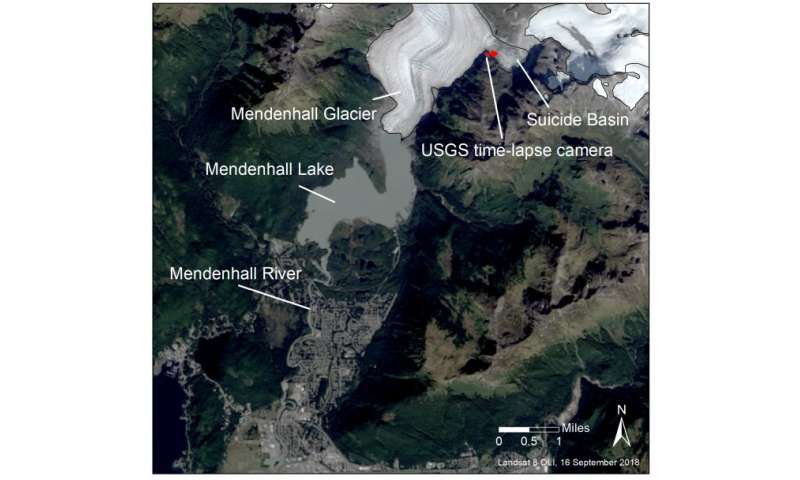
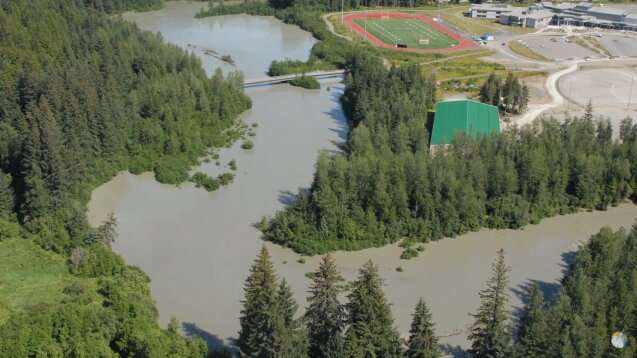
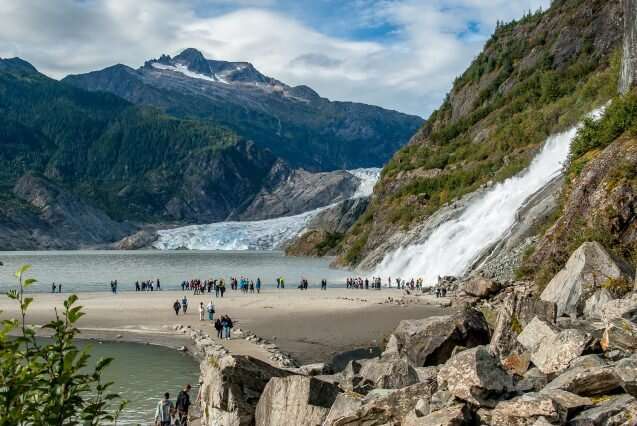


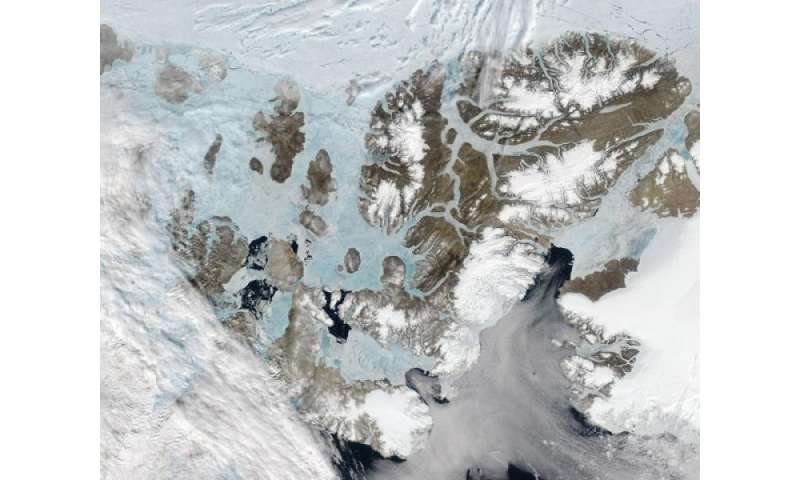
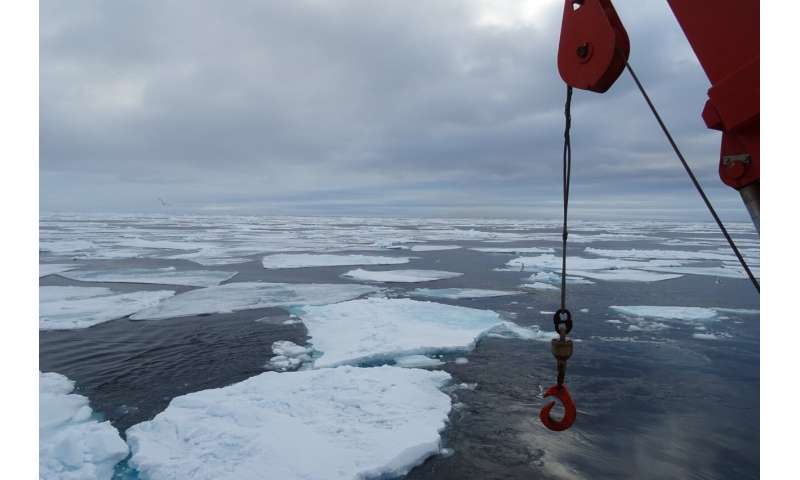 Aboard an icebreaker ship, researchers collected water samples flowing into and out of the Arctic Ocean and analyzed them for PFAS. Credit: Hanna Joerss
Aboard an icebreaker ship, researchers collected water samples flowing into and out of the Arctic Ocean and analyzed them for PFAS. Credit: Hanna Joerss